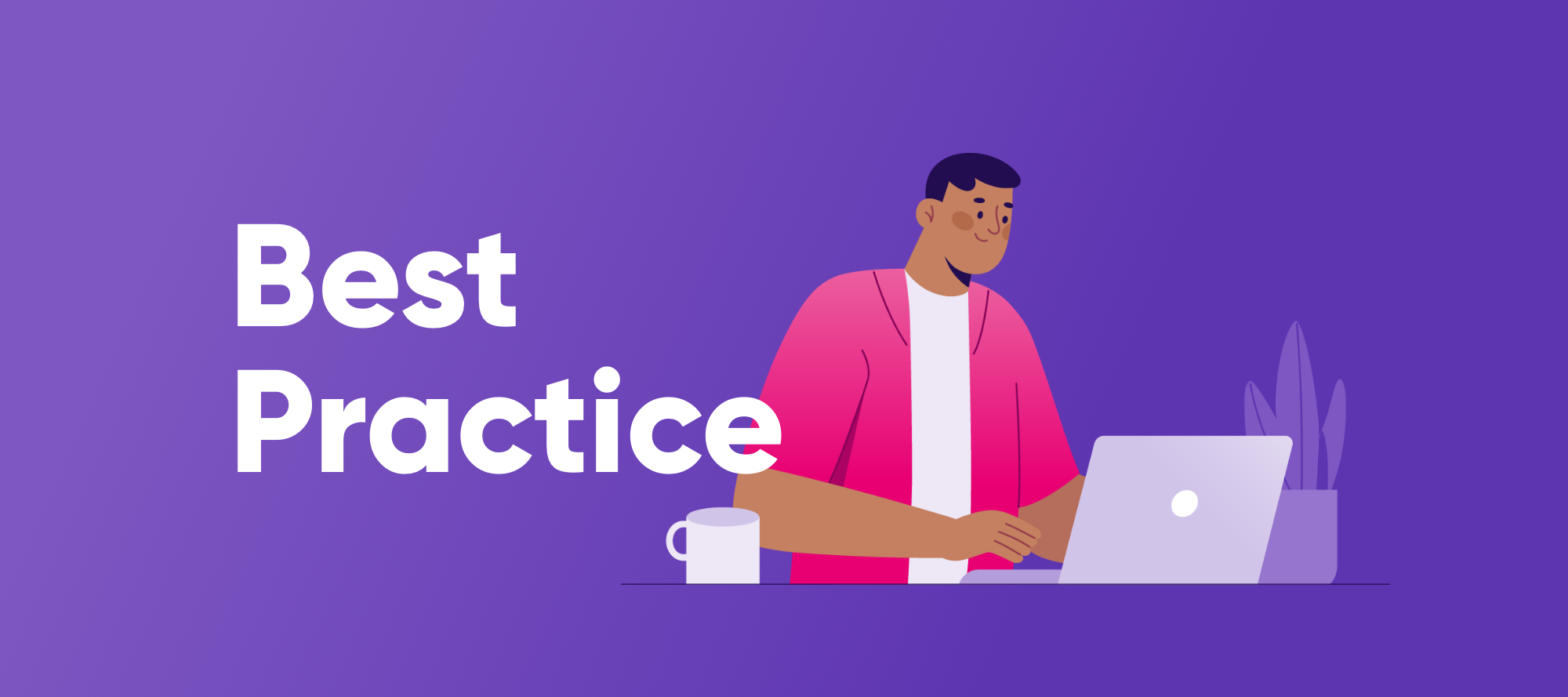Hi all!
In today’s post, we will go a step further and briefly touch on the main features of the RDM. RDM and its features are without a doubt much more layered so I’ll be sharing links to further reading on each of the features mentioned 🖇️
Before starting, I suggest you take a look at the first two posts of our RDM Best Practice series to get familiar with the solution if you aren’t already 🔎
1. Model and Metadata Configuration
The RDM metadata is the core configuration of the RDM project. The central reference data model swiftly configures critical processes, from integration interfaces to synchronization processes and relationships.
Through the metadata model it defines all entities, structures, workflows, synchronization jobs, and more.
For detailed instructions, refer to RDM Configuration.
2. Data Management
RDM seamlessly supports the complete lifecycle of reference data. It serves as the central authority for changes, ensuring consistency across diverse systems. Create, modify, or delete reference data effortlessly using the web application interface. The RDM database repository contains model configuration, physical structures created automatically based on this model and also reference data stored in these specific structures.
Only the RDM web application and its processes can interact with the RDM repository, with no direct external access on data allowed as best practice.Explore more at Working with Records in RDM.
Workflows
Define processes based on policies and requirements using workflows. Tailor your reference data change processes with Configuring RDM Workflows.
Business Dates
Define the effective life of data with record business dates. Learn about using business dates at Versioning Records in RDM.
3. Browsing and Data Navigation
You can use advanced browsing with various structures like Tables, Hierarchies, Views, Categories, and Data Sets. Dive into detailed configuration instructions at Creating the RDM Data Model and Creating Additional Reference Data Views.
Viewing Modes
Switch between viewing modes like Published, Edit, History, All History, Cart, Import, and Inputs. Tailor your data exploration at RDM Data Viewing Modes.
Navigation Features
Efficiently navigate through vast datasets with preset filters, custom filters, and user-defined carts.
4. Workflows
Central to RDM, workflows define formal processes around reference data changes. Explore their features, role-based approach, and notification capabilities.
Notifications
RDM supports notifications based on events or actions, delivered via email. Create tailored templates for different events and transitions.
5. Data Quality Validation and Enrichment
Leverage Data Quality validation with attribute-based and record-based validations. Ensure data integrity using unique and primary key validations, SQL validations, DQ expressions, online validations, and enrichers.
Record Validation on Application or Configuration Restart
Explore record validation nuances during application or configuration restarts. Schedule full validations for comprehensive data quality assurance.
6. Integration and Provisioning Interfaces
RDM seamlessly integrates with other components and systems. Delve into batch and SOA interfaces for import/export and defining standard interfaces.
Batch Interfaces
Import and export data efficiently with batch interfaces.
SOA Interfaces
Define standard interfaces through services with SOAP capabilities.
7. Synchronization
Explore synchronization options with text files, external databases, and web services. Schedule on-publish services for real-time updates.
Monitoring RDM Synchronization
Stay informed with insights on monitoring synchronization with external databases.
8. History and Auditing
RDM offers robust history and auditing features, tracking data changes and activity.
Data History and Auditing
Trace data changes with History and All History modes. Dive into RDM Data Viewing Modes.
Action and Event Auditing
Keep a log of all processes and actions for comprehensive traceability.
9. Permissions and Data Access
Manage permissions with a role-based approach. Set view, creation, modification, deletion, and publish permissions at different levels. Integrate seamlessly with LDAP systems.
Explore more at Setting Permissions in RDM.
As always feel free to let us know your questions in the comments below 👇🏻




